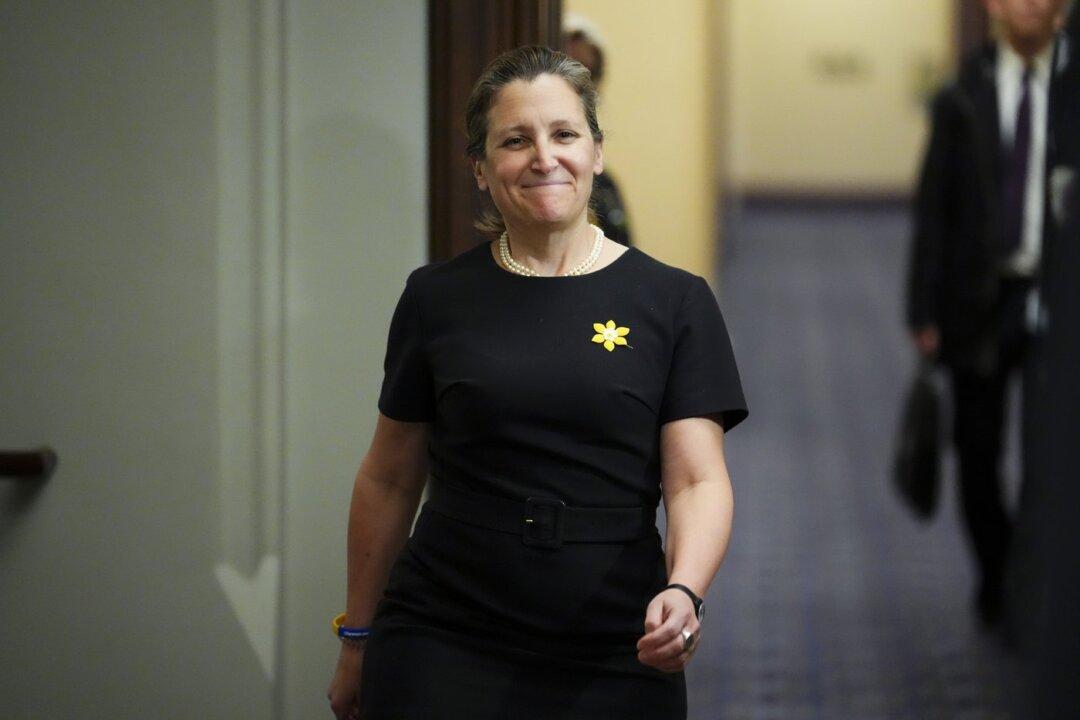After nearly five quarters in a row of gross domestic product increases, Canada’s economy flatlined in the last quarter of 2022—expanding at a rate of zero percent with GDP decreasing in December 2022, according to Statistics Canada.
The federal agency writes that “slower inventory accumulations” along with declining amounts of business investments in machinery, equipment, and housing have “offset higher household and government spending and improved net trade.”





